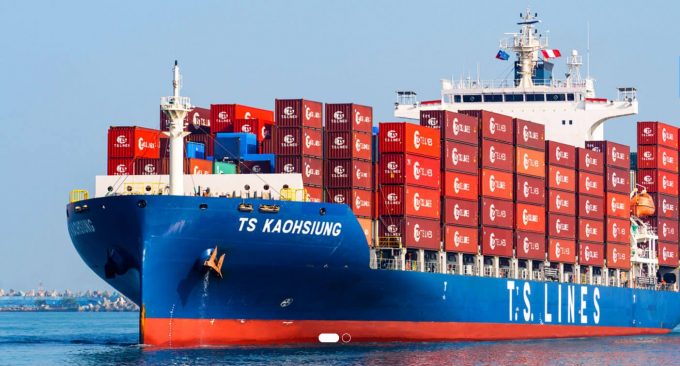OOCL Q2 25 update: more volume carried, but revenues decline
Cosco-owned OOCL today reported second-quarter volume and revenue figures which appear to show the Hong ...

Taiwanese intra-Asia carrier TS Lines, which withdrew from its long-haul venture after the Covid-induced boom faded last year, is planning a comeback now freight rates have rebounded.
Founder and chairman Chen Te-sheng said the carrier had signed a letter of intent to order two 14,000 teu ...

Comment on this article